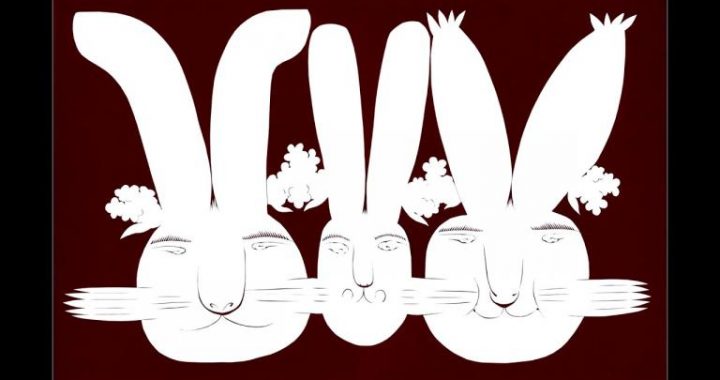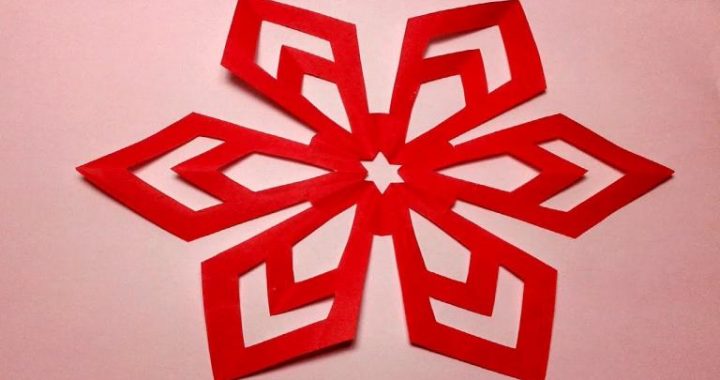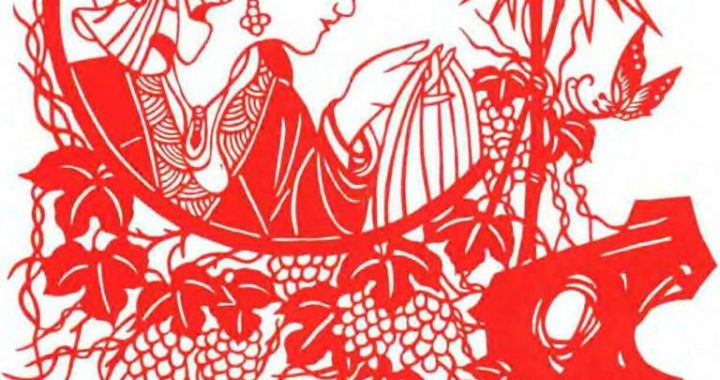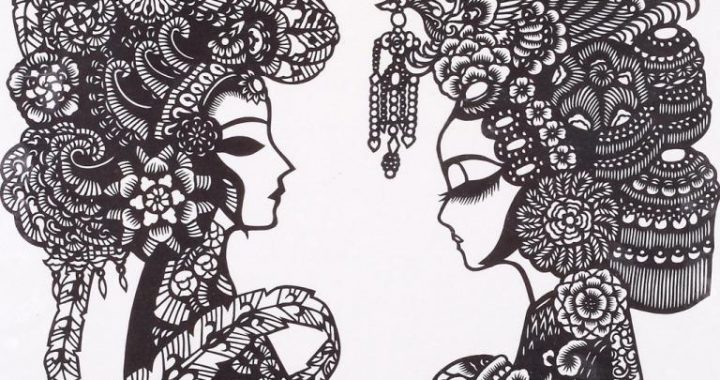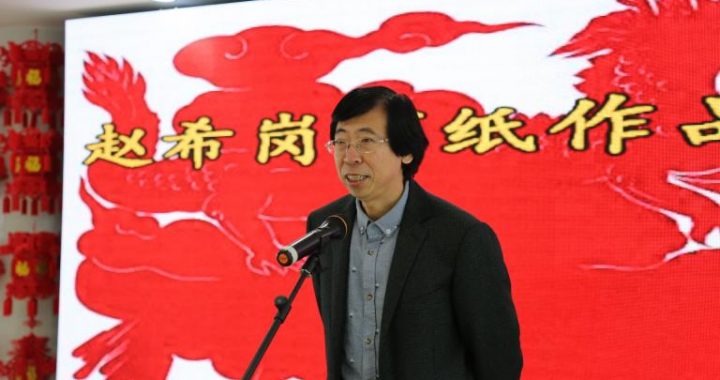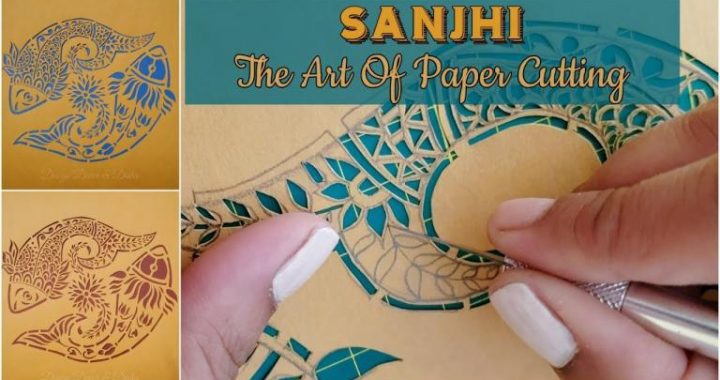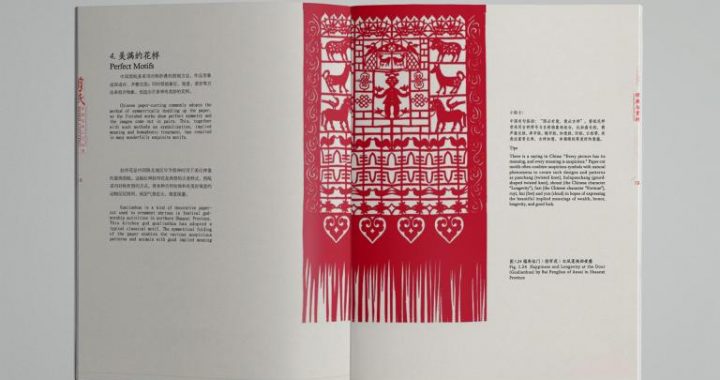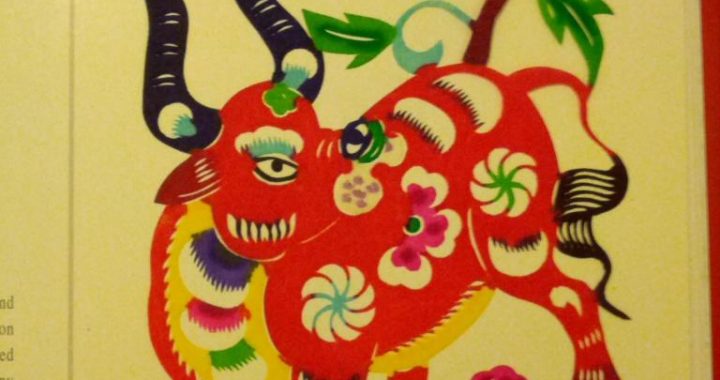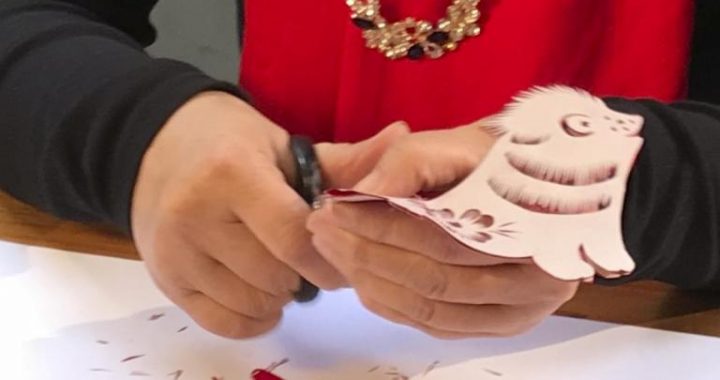Timeless Structure
4 min readIn folk art, art decoration features using live figures like plants and animals, or natural symbols, in place of lifeless lines, black and white, and contrast variations. As we have seen in some art works, the ball in “two dragons playing with a ball” is the head of a legendary pig; peony flower replaces lifeless roof tiles; lotus flower is used in place of fish scale to decorate fish; flower and animal figures are common decorations for human clothes or animal fur,etc. Such art decoration highlights the life in the universe with luxuriant flowers and grass, joyous people and soaring horses.such characteristics of Chinese folk art are the product of the philosophical and aesthetical outlook of the creators as a community, and their emotional and psychological qualities. Transformed decoration is not an unique feature of Chinese folk art. It can be found in different sects of Western modern art. Matisse’s naked dance was a transformed figure of human body, and the transformed “Man in Clothes” still followed the law of the clothes lines in their natural forms; cubist Georges Braque’s transformed human figure used block shading technique. But in Western painting, there is no sign of decorative technique using peony eyes; lotus flower fish scale; or baby animals inside an abdomen; peony flower roof tile, etc. The key point here is not the transformed decoration, it is how and what is being transformed. In Western cultural concept, transformed decoration is lifeless and follows the pattern of nature; whereas with Eastern culture, it is a conceptual transformation featuring ubiquitous life decoration.
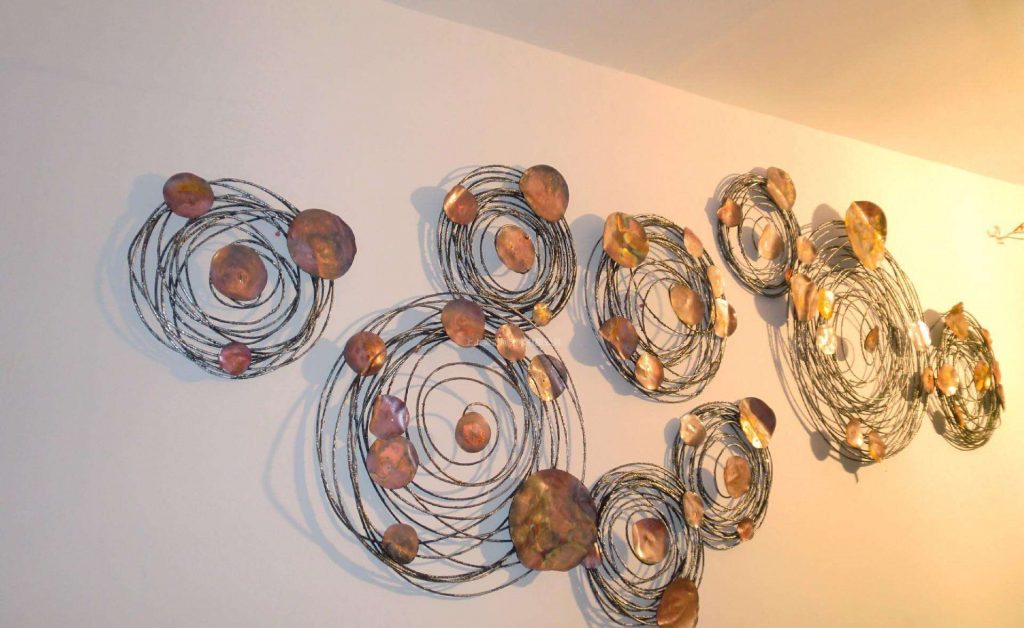
Granny Wang Lanpan’s husband is an expert apple grower. He was the first man in northern Shaanxi to grow apples there some 60 years ago. Theirs was the first apple orchard on the Loess Plateau. Granny Wang’s paper-cut “Apple orchard” depicts consecutive scenes from spring ploughing in the orchard; to apple transplanting and autumn harvesting and packaging into baskets. It covered all seasons, including different time and space and the entire production process. However, she still felt something missing. She was finally satisfied by adding on the top a dragon, a phoeni and some small animal figures. Including unrelated animals like phoenix and dragont would be unthinkable in creative art of a fixed visual space and time. With folk artists, the art is to create and display a surreal world of the universe. They can add in their works anything from heaven to earth, from flower, grass to animals, to make it full of vigor and life.
‘Dragon Boat Festival” an art form depicting the eyes as the sun without being sheltered by the eye lids(Ansai, Shaanxi).
In folk paper-cuts, symbolic character “Wan” in a rotating pattern is usually added to the tail of male or yang animals like the ox, the tiger, the horse, the dog and the goat. It is not the natural way that these animals’tails rotate. Another example is the”cloud hook,”ora”Sheng,”also male symbol, on the back of roosters as the wings.
Instead of using symbols, Gao Fenglian in Yanchuan, northern Shaanxi, incorporated the character “Wan” into her paper-cut, making the four legs of the totem animal turn into a shape of character “Wan.” To display perpetuity of life in rotating posture other than adding a symbol on the tail carries even greater visual impact and special artistic appeal.
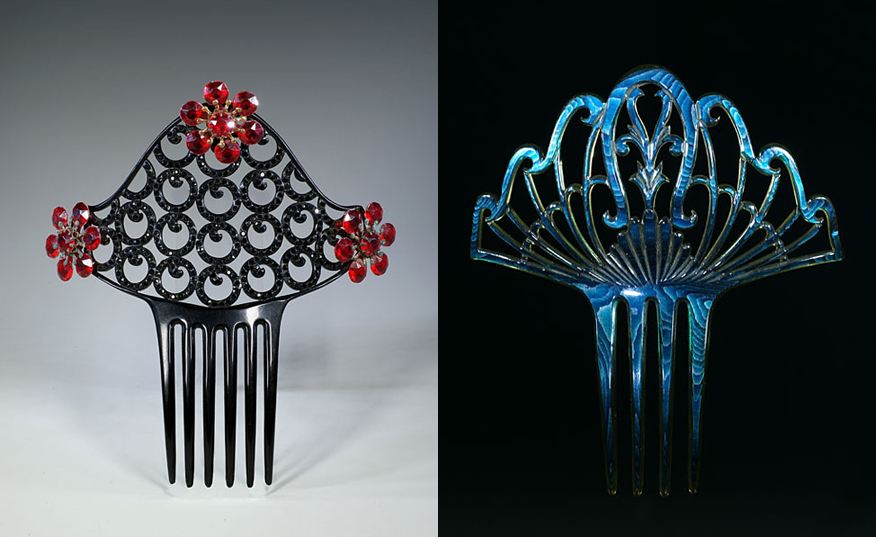
Another folk artist, Cao Dianxiang, drew a large multi-color rooster that filled up the entire paper, vigorous-looking and in bright colors. I asked her why she drew only one big rooster. She said that to be big was to be strong and powerful. I asked why she drew such a big crest. “Big rooster always has a big crest. “What about the tail, and such strong legs?” “Big rooster has huge tail, and strong, hairy legs! It crows too.”
The generosity and the vigor shown in their art works are representative of Chinese national spirit and the emotional and psychological qualities of the Chinese community. It would be hard to find pessimistic, sentimental art works full of self-absorbency and self-admiration which are common occurrence among the works by professional artists.
When depicting human or animal eyes, they always draw a round eyeball right in the center of the eye white, without any sheltering by the eye lids. They believed that it made the eye look bright and full of life. The embroidered rats always have three colorful lines out of the eyes known as”three stitches.” It is custom to liken the eye to the sun and the lines to sun rays.
When we were in the class in the Chinese Fine Art Institute, a graduate student created a large paper-cut in the theme of birth, marriage and death. At an art work open house, our guest grannies all disagreed to include death in it. One said, “Don’t let him die. Keep him alive to serve the people.”Another student copied a model of Granny Hu Fenglian’s paper-cut “The Rooster, “but left out the symbol “Sheng”or the “cloud hook” as unnecessary. Granny Hu said, “You can leave out other parts, but not the ‘sheng, because that is the symbol of life, the heart and the soul of this art work.”
These words provided us some good “food” for thought.
